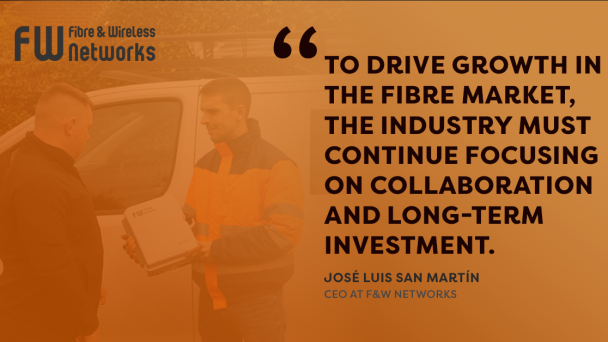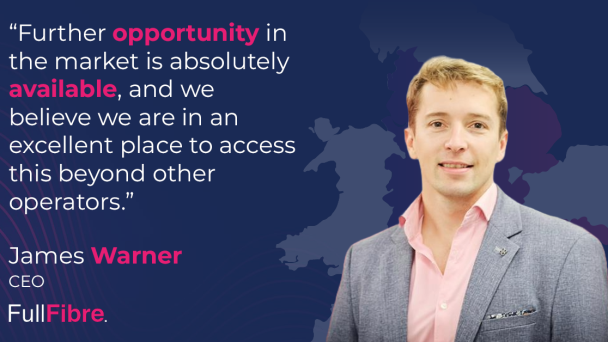Our latest Fibre Scope feature explores how can/ are altnets most effectively delivering the payback imperative and becoming profitable.
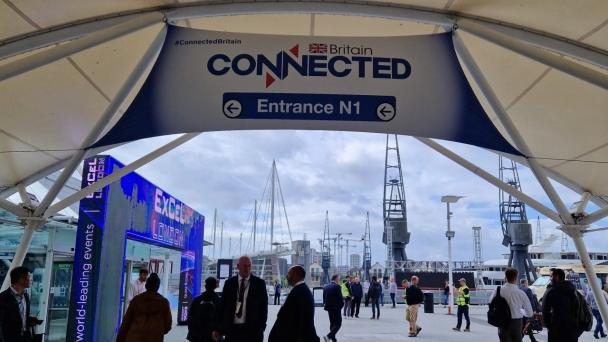
Connected Britain 2023 saw stakeholders from across the connectivity landscape discuss the evolution of the UK fibre market, with one message echoing around the ExCel – the gold rush is over. Sessions across the 11th and 12th of September explored the realities of a new phase for the UK fibre rollout, one typified by new investment attitudes and a flurry of consolidation.
To date, the sector has been driven by 100-plus altnets which have secured substantial funding based on their ability to build at pace. This has buoyed the market by providing competition to Openreach but is proving inefficient in the long run with limited investment to share. At Connected Britain, speakers from equity and debtor backgrounds shared that the investment landscape remains positive, but the goldrush mentality has now given way to a more calculated and strategic approach.
From a debtor perspective, Benjamin Weland, Associate Director at Lloyds Banking Group, expressed cautious optimism, highlighting the sector’s resilience in the face of shocks like inflation and the Equinox II offer. He believes confidence in the sector has grown among the banks, with Lloyds expected to double its commitment this year in an unspecified UK operator. He said: “The market needed to see how the sector would survive, and it has proven itself to be resilient.”
To equity companies, the narrative around the sector is still very attractive as people have a fundamental right to connectivity, according to Peter Bachmann MD of Sustainable Infrastructure at Gresham House. He noted that across all sectors the magic money tree that drove the initial goldrush mentality has stopped shaking, but the sector can create attractive returns despite the new environments, which is not the case across other sectors.
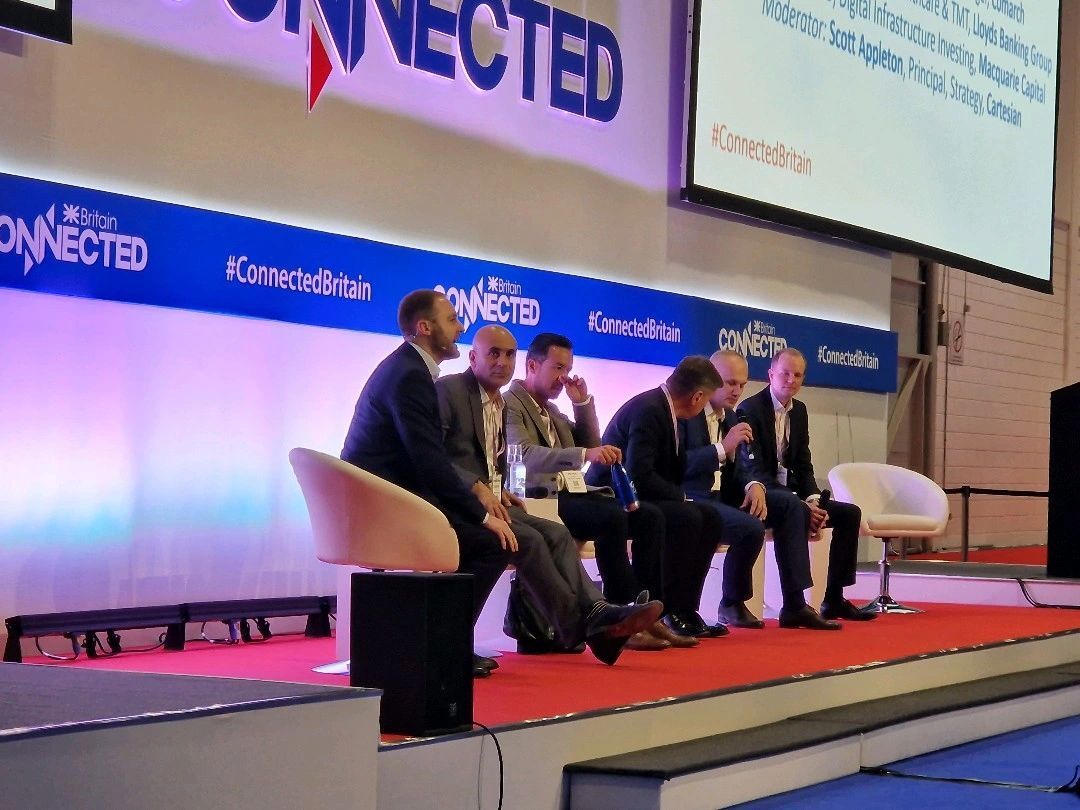
This has been evidenced this year as we have seen additional backing for TalkTalk, brsk, G.Network, Lightspeed, Gigaclear, Wildanet and more. According to Bachmann, more mature players in the market are also set to be sold imminently for very attractive multiples for their original investors.
However, this investment is being driven by a different set of KPIs as a focus on homes passed turns to a drive for homes connected. In fact, Martin Talyor of BDUK stated that the industry is starting to see a retrenchment of build plans this quarter, for the first time. Investors are looking to see a return on investment. Oliver Bradley, Senior MD at Macquarie, noted: “Gone are the days of funding a PowerPoint presentation. LPs now want to fund teams that can deliver a five to ten thousand premise ready for service model and see a proven sales engine to turn these into connections.”
However, this is where many players in the industry are faltering due to overbuild, and competition from larger organisations. Most altnets are having to take a hyperlocal approach to compete and are relying on a time-consuming door-to-door method to combat nationwide advertising.
Bradley joked that the industry is full of good builders and bad sellers. He believes the market has done itself a disservice thus far by marketing itself on speed. He said: “People across this country already have passable Internet, so don’t see swapping to fibre as urgent.”
During his time in the treasury, the metric of Internet speed was the time taken to download an episode of Game of Thrones. "People do not respond well to this, as fibre is not essential for tasks this simple,” he added.
He refers to this as the HS2 issue, giving the example of the railway which stakeholders marketing with the main idea that it could save people ten minutes on their journey from London to Birmingham. He said: “People could not see why this was worth thirty million pounds so the sell should have focused on service and capacity. This is the same for fibre.”
The reality is that altnets must become commercially viable businesses, however many grew at a time where they were only seeing themselves as build machines. Only those that can pivot and make money will succeed. This will put a strain on shareholder loyalty, with some continuing support and some stepping away if they do not see sales.
The inevitable outcome is consolidation. During his CX keynote Daren Baythorpe, CEO at ITS, put forward a three-stage roadmap detailing how the process of consolidation may play out in the next five to ten years. The first step he highlights is the mopping up of distressed assets, marked by stable altnets absorbing the struggling players. We are already seeing this unfold within the market, with Voneus acquiring Broadway Partners earlier this month.
Step two will consist of more typical acquisitions as altnets look to add scale by combining adjacent networks. We have seen the start of this process though the merger of Giganet, Jurassic Fibre, Swish Fibre and AllPoints Fibre under the Fern Trading Group. Likewise, Voneus has merged with Broadway partners, Cadence Networks and SWS Broadband. Baythorpe expects this to ramp up in the coming years, leaving around 40 players in the market.
At the event, CEO Greg Mesch hinted that CityFibre may return to its roots as a consolidator and begin to engage with these stage two deals. He said: “Today we are looking at how much we buy and how much we build. We couldn’t do last year because the scale of altnet’s footprints and efficiency of their sales mechanisms were not there. This now represents a great opportunity to hit critical mass, creating an eight million property network without having to build it ourselves.”
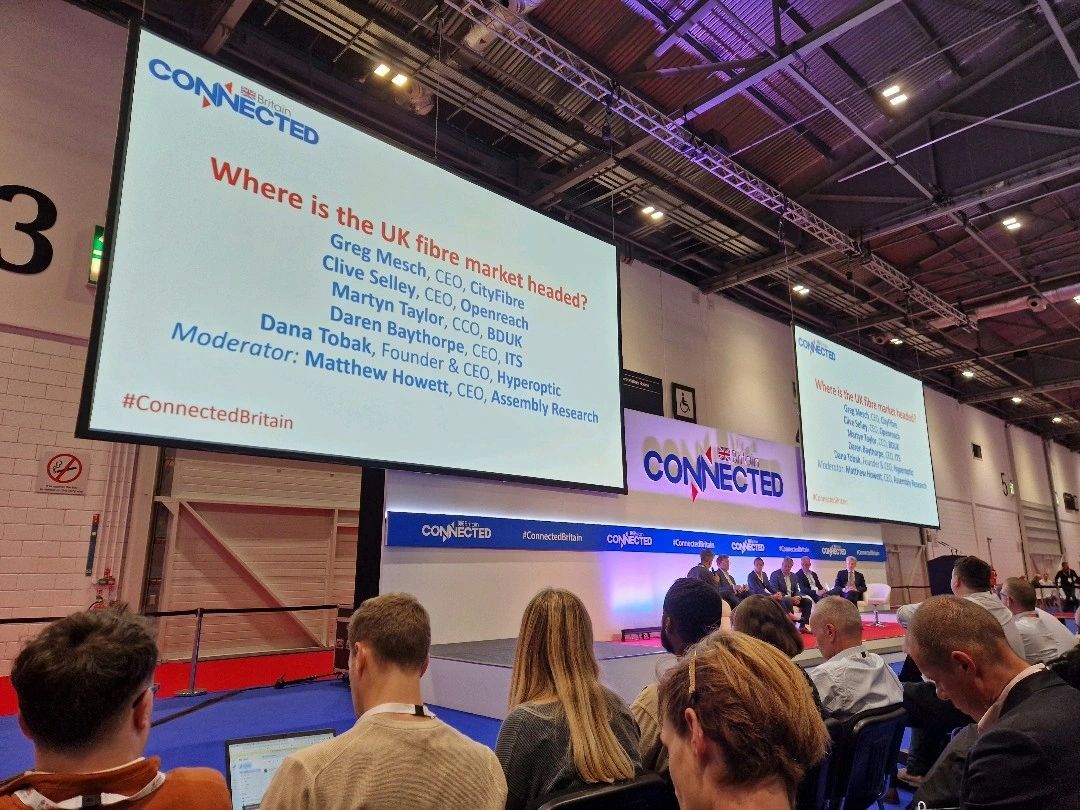
Baythorpe's third phase will represent market stabilisation that will leave around five players in the market by 2030. Baythorpe stated: “The smartest approach for an altnet to maximise its value is to assess its current position and determine where on this curve it expects to exit. For many of the top 20 altnets, consolidation represents an attractive opportunity to achieve critical mass without the need to build extensive new infrastructure.”
The top 20 altnets Baythorpe refers to here does not exclusively refer to those with the largest networks. Philippe Vanhille, Executive VP Telecoms at Prysmian Group, noted that those who focused on speed from the outset have in some cases destroyed value for themselves. “When you apply time pressure to building nationwide critical infrastructure, you often force the hand to make an incorrect move. You are building something supposed to last for decades and this cannot be done with a short-term view.”
In Vanhille’s opinion, the altnets who bet on quality from the outset will be the ones who have created the most value for themselves, even if they do decide to sell. The altnets who have baked in a community focus will also perform well as they have built brand loyalty by matching the needs of an area and are offering additional proximity services. He said: “Quality is the essence of value when creating something for the long term. Robustness, future proofing and sustainability.”
Those five or six remaining companies may not be altnets at all, Bachmann noted that the big players in 2030 may include content providers who want to own their own networks, such as Sky who already offer internet services.
It's worth noting that the cable TV industry experienced a similar consolidation process, which took approximately a decade to unfold. Stefan Stanislawski, CEO at Connect Fibre, echoes: “The key takeaway here is that altnet companies should focus on their current operations, ensuring that they are maximising value so they are well-positioned to take advantage of consolidation opportunities when the time comes.”
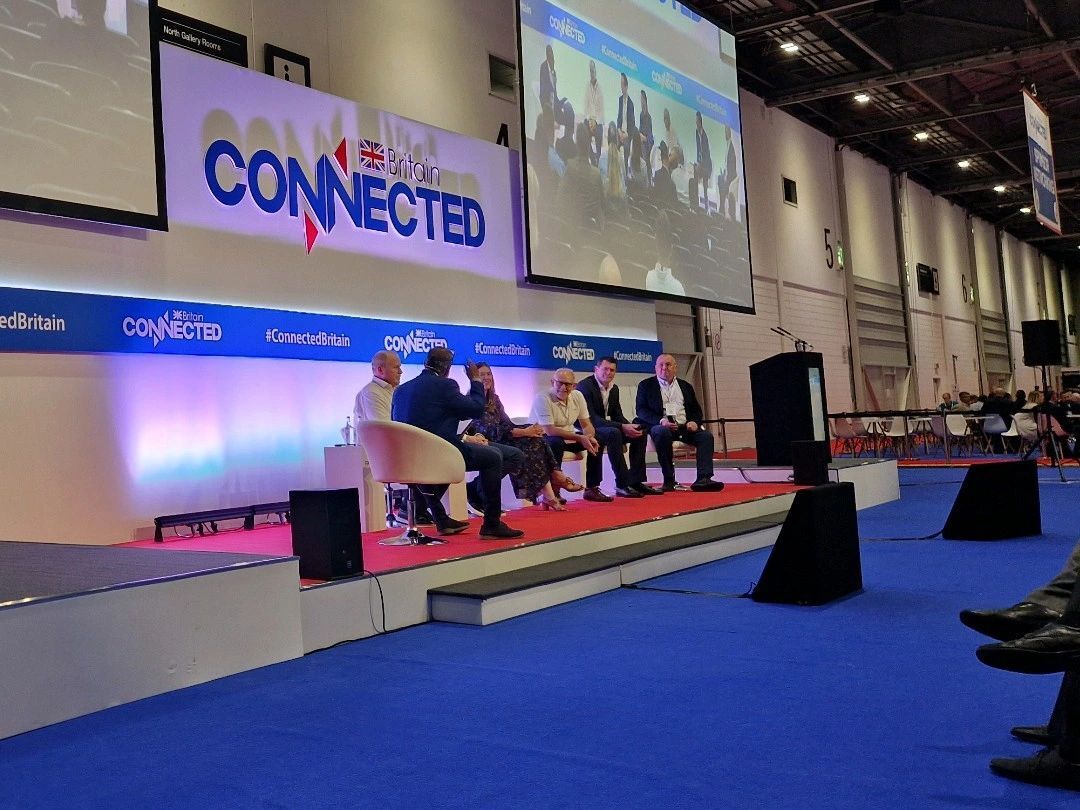
A time for reflection
The fibre landscape is undeniably changing, so it is important to assess how this will affect altnets and investors. However, it is also important to remember that the UK fibre build still only addresses half of premises. The job is by no means complete. Jarlath Finnegan, CEO of All Points Fibre, said: "With discussion focused on the 'next phase' for the altnet market, looking at investment, consolidation and regulation, we have lost sight of the digital economy we are trying to build."
The pace at which altnets set off when the starting gun sounded has caused many of the issues present at the end of phase one, including overbuild and struggling players. It is important that the next phase is not entered with the same haste. “It is time to pause and ask ourselves if there are better ways to be doing this,” recommends Vanhille.
One facet that could do with this consideration is the nature of consolidation. Baythorpe’s model suggests two phases that centre on opportunism and convenience before the last round of consolidation, but this should be more closely considered. Bradley stated: “The first question you must ask as a potential consolidator is, do our businesses fit strategically.”
This involves looking at culture and vision, understanding if you can truly become more efficient through acquisition. “Capital should be question two, with shareholders coming together, do we share a single vision and strategy, and can we ensure that this will be sufficiently funded.”


